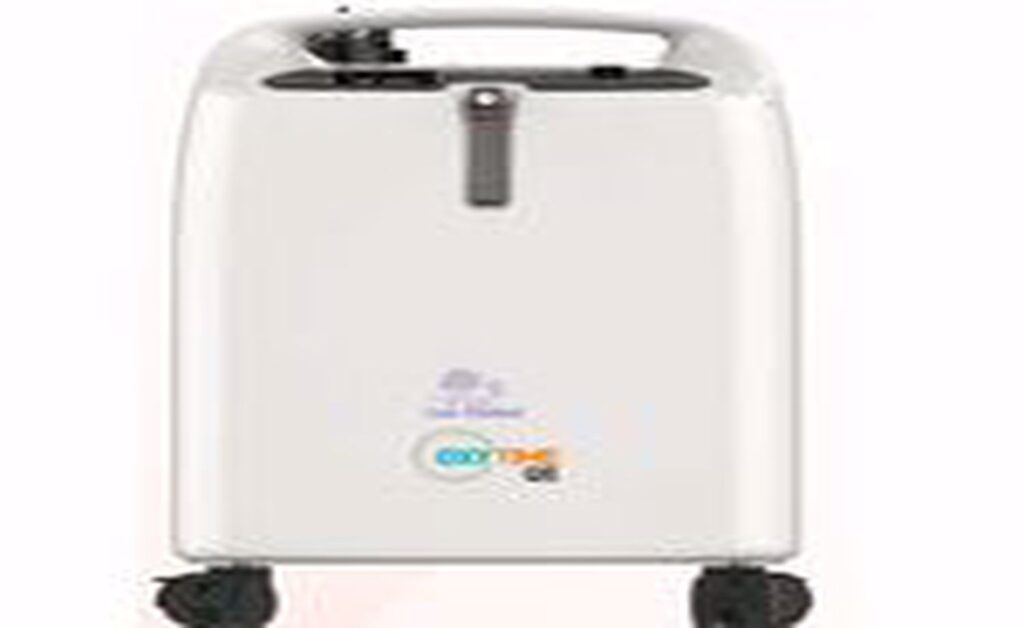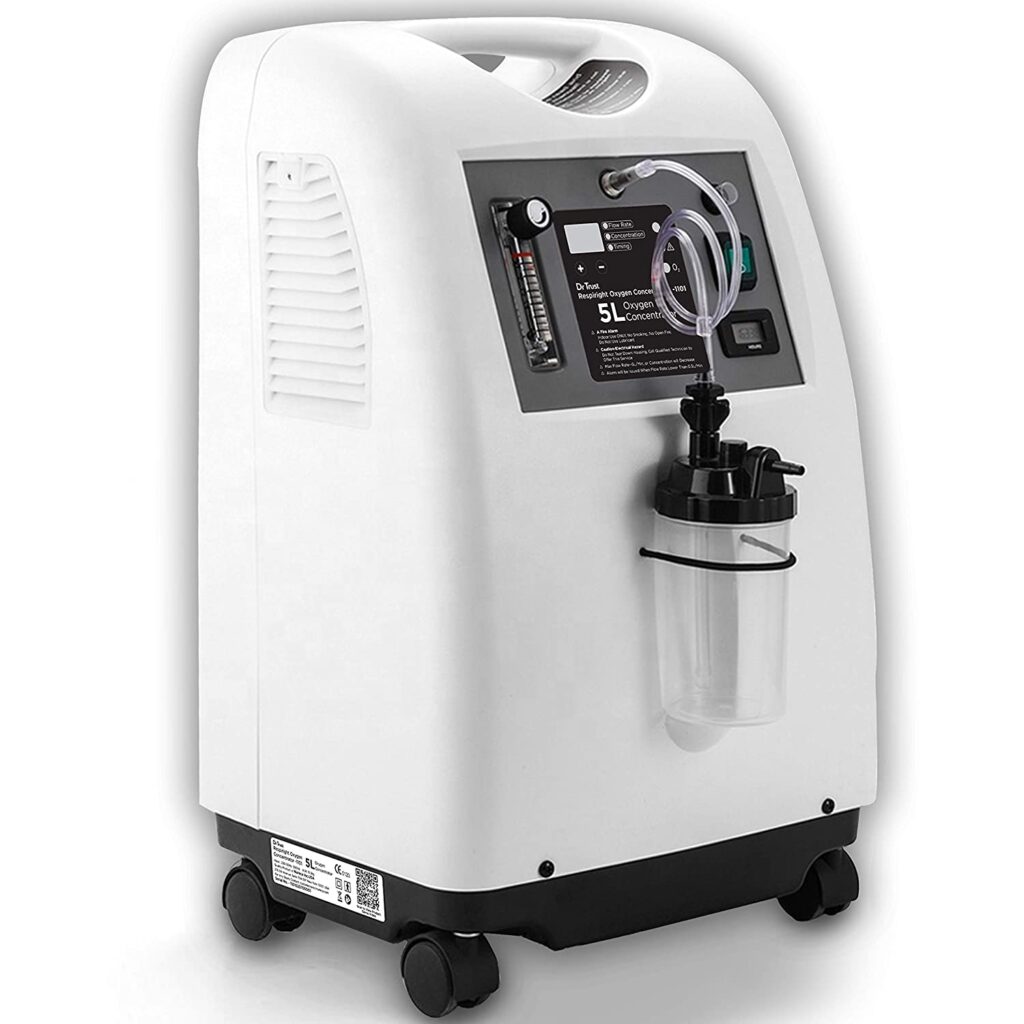What is Oxygen Concentrator and How Is It Used?

An oxygen concentrator (sometimes known as an “oxygen generator”) is a medical device used to deliver oxygen to those in need. People need it if they have a condition that causes low oxygen levels in their blood. Oxygen concentrators usually prescribed on the doctor’s advice. Companies manufacturing medical devices sell oxygen concentrators in line with their needs.
Oxygen concentrators also powered by plugging them into an electrical outlet or battery. If an electric battery powers the concentrator, this battery must be charged by plugging it into an outlet. A few parts make up a compressor, screen bed filter and circuit boards condenser.

An oxygen concentrator has a compression apparatus. However, it is not the same as compressed oxygen or an oxygen tank. It has a certain amount of oxygen dissipated by a tank. A condenser, on the other hand, takes the oxygen filtered through the air. Then it compresses and releases air continuously. The air supply never ends. Instead of refilling the compressed air, the oxygen concentrator just needs to have power.
How Does the Oxygen Concentrator Work?
An oxygen concentrator works like a window air conditioning unit. Firstly, it takes the outside air. Then it changes it. Next, it filters the oxygen. And finally, it presents as oxygen in a new form. An oxygen concentrator takes air. Due to the low oxygen level in the blood allows it to -used by people who require medical oxygen.
How to Use Medical Oxygen Safely?
What is an Oxygen Tank?
Oxygen tanks are a type of storage system that holds oxygen or liquid oxygen in a pressurized vessel. Also, the size and appearance of an oxygen tank vary depending on where it used and mobility requirements.
Using Oxygen Concentrator in Medical Therapy
Oxygen therapy used to describe the oxygen that doctors prescribe. A medical oxygen concentrator and a suitable breathing apparatus are required. Doctors use it for oxygen therapy in emergency rooms. Moreover, they use it long-term during surgical procedures and for patients who require oxygen for a medical condition.
Long-term oxygen therapy may be necessary for the following medical conditions:
- Chronic obstructive pulmonary disease
- Pulmonary Hypertension
- Congestive Heart Failure
- Cystic fibrosis
- Lung cancer
- Alpha 1
Oxygen Delivery
Receiving oxygen from the oxygen tube usually requires a mask or nasal cannula. The mask and nasal cannula are generally connected to the tank via a hose. Then, a mask placed on a person’s face over the mouth and nose. The nasal cannula goes directly into the nostrils.
Oxygen cylinders are containers that contain pressurized oxygen. Doctors use it in a variety of different settings and situations. The correct use and dimensions of the medical oxygen cylinder also vary according to the tube size that the doctor decides is the most suitable.
Safety of Medical Oxygen Cylinder
Many patients using home and portable oxygen tanks wonder about the safety of storing tanks. Fire and other hazards are minimal when care is taken in the handling and storage of tanks.
History of Oxygen Concentrator
While the use of oxygen for medical purposes has been going on since the 1800s, modern oxygen concentrator technology is relatively new. Today’s oxygen tanks physically store oxygen. It draws oxygen from the air with oxygen concentrators and gives it to the patients.
Oxygen was first discovered in 1772 by Carl Wilhelm Scheele, a Swedish chemist. But Joseph Priestley, a British researcher, independently discovered oxygen in 1774. The first use of oxygen recorded on March 6, 1885, in York, PA, by Dr George Holtzapple, who used oxygen to treat pneumonia. Then, in the early part of 1887, a woman used oxygen from a device that stored enough oxygen.


